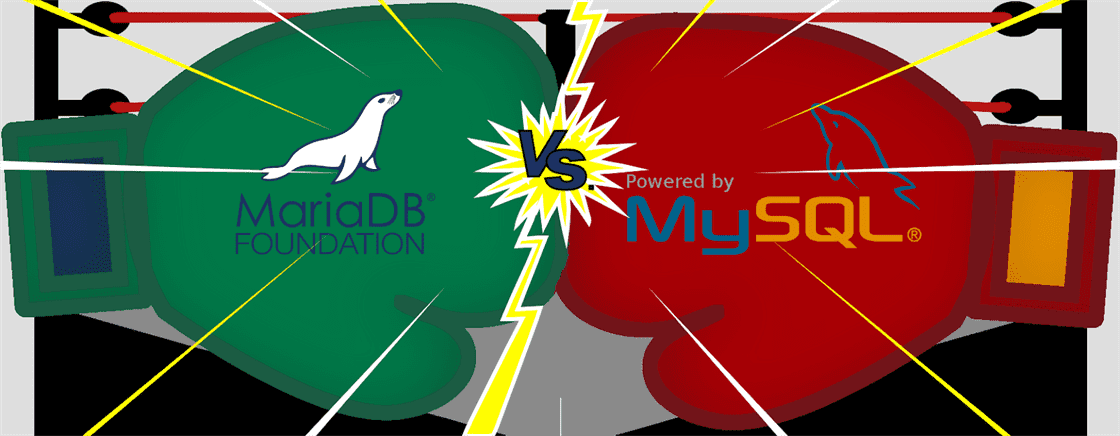Tag: MySQL
Check our vast MySQL tutorials, we have how to's that range from the basics, from setting up a user to advance topics like how to index your database.
The Action Scheduler is a background processing, queue job runner which is built into WooCommerce core. A number of plugins use the Action Scheduler, WooCommerce Subscriptions and WooCommerce Follow-Ups being two of the best known.
This article outlines the procedure for replacing the native MySQL®️ or MariaDB®️ service that is preinstalled on any typical Plesk Onyx 11 CentOS 7 server. The procedure outlines removal of the existing MySQL related binaries and replaces them with an adequate version of the Percona binaries. Once these Percona binaries are in place, a typical multistage MySQL Incremental version upgrade is processed to bring the existing databases and Percona binaries to the desired Percona 5.7 version.
We recently posted an article on Upgrading MariaDB 10.0 to 10.3.9 on Ubuntu 16.04. We are now going to provide insight on upgrading MariaDB 10.0.X to 10.3.X on a CentOS 7 server.
MySQL Performance: MyISAM
MyISAM is a table-locking based engine. Table-locking prevents all other processes from writing data to the target table. This locking behavior encompasses the entire MyISAM table, no matter how minor the data change. This type of locking preserves the integrity of the data but at the cost of performance. The performance penalty for using table-locking based engines like MyISAM become more laborious as the row count in the table grows. Very large tables will see a significant delay in performance when data needs to be written to a MyISAM table.
Troubleshooting: Too Many Redirects
The error "too many redirects" means that the website keeps being redirected between different addresses in a way that will never complete. Often this is the result of competing redirects, one trying to force HTTPS (SSL) and another redirecting back to HTTP (non-SSL), or between www and non-www forms of the URL.
Upgrading MariaDB 10.0 to 10.3.9 on Ubuntu 16.04
MariaDB is quickly becoming the default open-source database software to use in development, production, and even enterprise environments. Our very own Cloud Sites product uses the newest in MariaDB as it’s mostly known for being a fork and drop-in replacement to MySQL, which is created and maintained by the original MySQL developers.
MySQL Performance: InnoDB Buffers & Directives
As discussed earlier in our MySQL Performance series, the InnoDB storage engine is designed to be a high-performance database for very large datasets. The row-locking technique it uses allows for many read and write requests to occur on a single table concurrently. This is a vast improvement in speed over traditional table-locking of the MyISAM engine. This part of our MySQL Performance series will focus on configuring InnoDB tables for maximum concurrency with minimal disk input/output (I/O).
MySQL Performance: System Config & Routine Maintenance
The majority of work needed when adjusting the MySQL server is editing the applicable directives within a MySQL configuration file. There are multiple, optional configuration files that MySQL looks for when starting up. They are read in the following order:
MySQL Performance: Converting MySQL to MariaDB
As we explored in our previous article of our MySQL Performance Series: MySQL vs. MariaDB there are very few downsides to using MariaDB over standard MySQL. Our high-availability MariaDB's have proven itself to be a worthy successor with easily mitigated drawbacks. As the last article in our series we will focus on upgrading to various MySQL and MariaDB version on the following servers:
MySQL Performance: MySQL vs. MariaDB

We continue our series on MySQL Optimization by focusing on the differences and similarities between MariaDB and MySQL. MariaDB is a popular alternative to using traditional MySQL for database hosting. The free market of hosting allows additional actors to compete with the long-standing database solution, MySQL. MariaDB is the most prominent alternative to MySQL and is a favorite among industry giants such as Google, Craigslist, Wikipedia, Arch Linux, RedHat, CentOS, Fedora, and cPanel. In a direct performance comparison, MariaDB leaps to the head of the pack through performance optimizations, easy of conversion and compatibility.
Our Sales and Support teams are available 24 hours by phone or e-mail to assist.

